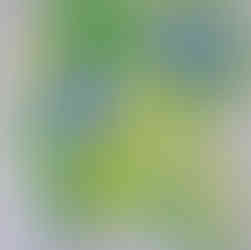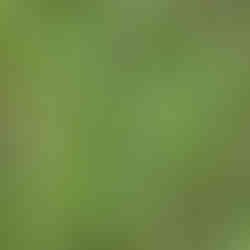March 2021
- Carolyn Thompson

- Apr 12, 2021
- 3 min read
March was warm and muggy, wet and windy, sunny and cloudy, cold and frosty. The MET Office described it as a, ‘disturbed spell of weather’. Early on the warm woolly jumpers were cast aside and some brave souls went on to sport a pair of shorts. Not me, I hasten to add. March was kidding us, luring us into a false sense of security, the thermal gear was back by mid-March. For me, it never went away.
The equinox arrived on the 20th, a moment in the solar calendar that we all long to reach. As you might know, Eq means equal and nox means night. From this day onwards the day becomes longer than the night and marks a time of importance in the cycle of farming. As the morning light broke through the clouds, a glimmer of hazy colours appeared in the distant sky as the sun arose.
The colours in the field and the wood are changing. The old, brittle and bleached grasses and docks are now crisp and break under foot. The sense of new growth being restrained is palpable. Juicy, vibrant green undergrowth pushing up from the earth. Everywhere the starting lines are full; primroses, daisies, speedwells, celandines, dandelions, golden saxifrage, viper’s bugloss, campions, violets, more each day. And that brings us to cleavers, of which we have a veritable forest. These long, sticky climbers, so beloved of children for its ability to stick to clothing and animal fur. Nobody can feel a stash of these things being thrown onto their backs and we willingly sport a covering of them in complete ignorance, much to the hilarity of children. And obviously it’s the best joke ever when thrown onto the backs of the pet dog or cat. However, there is more to a cleaver than its ability to stick. Robin Harford, (eatweeds.co.uk), is a master forager and a font of information about all wildflowers and weeds. He describes many different ways in which this plant can be useful. The stems, the seeds, the roots and the leaves, all can be used. In the medieval era the leaves were used regularly in soups and stews as it grew well in times of frost and snow. The stems can be boiled and buttered. The fruits can be dried and roasted and used as a coffee substitute. Hold on there because I’m not finished yet – cleavers are part of the Rubiaceae family which include the coffee and madder plants as part of their kin, hence the coffee connection. The madder plant has been used since ancient times as a red dye and yes, the cleaver root can be used as a permanent red dye too. If birds eat this root, it can turn their bones red. Is there nothing that this plant cannot do? I shall definitely be looking upon it with a greater degree of admiration from hereon.
In addition to plant life, the field was alive with sounds. The woodpeckers in particular were very busy and letting us know by being very noisy, working for hours on end, in the early mornings – thanks for that. I could hear the goldfinch but never caught sight of the flash of the gold and red. Buzzards gathered in the sky above, circling and rising up and up, their plaintive cry growing ever more faint. Ducks quacked in the evening and a trail of ducklings were spotted along the riverbank. Voles run amok in the field and can be seen darting through their network of paths. Rabbits, as always, getting bigger and more plentiful by the day, just waiting for me to plant some tender, juicy seedling out in the vegetable garden. This time they will be greeted by a rabbit proof fence – we shall see.
To crown the month, we were treated to a giant full moon, known as a supermoon because it appears larger and brighter in the sky than usual. More poetic versions of the moon names are from the Native American traditions: Worm Moon, Full Crow Moon, Full Sap Moon. All symbolising the coming of spring; the cawing of crows signals the end of winter; the softened ground shows the casts of the earthworms and the full sap marks the time for tapping the maple trees. Even though the month ended with bitterly cold easterly winds, the sun shone brightly and made promises of warmth to us.







Comments